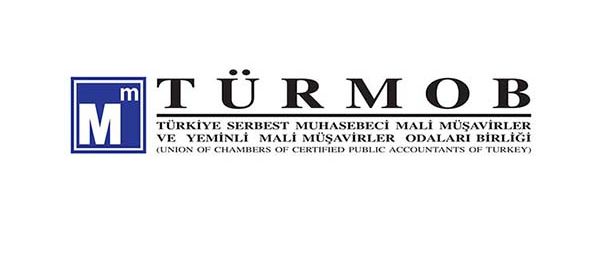
Accountants can help uncover financial crime if a company asks for help to explain unexpected losses via a special purpose audit.
Ufuk Dogruer, Auditor from Turkey, told us about his experiences:
A company loses about 5% of its annual revenue as result of financial crimes such as fraud and corruption, according to the 2016 Global Abuse report. A lesser known fact is that 40% of this fraud is committed by employees. Employee fraud not only affects the company owners and investors, but also other employees, stakeholders, credit institutions and the country’s economic stability.
In 2016 a top 500 global company contracted my services for a special purpose audit. While comparing the financial statements, the company’s management had noticed high losses in areas where, according to the sales figures, they were supposed to make a profit. After initial checks, the company identified signs of fraud, but could not trace the source nor the extent of the financial loss. The purpose of our audit was to examine the financial statements, identify the source and determine the amount of the fraud.
At the end of the audit process, we identified the source and size of the fraud: an employee had embezzled 2 million USD. The staff member responsible for the fraud immediately refunded the full amount. Then we helped the company implement procedures to prevent new cases of fraud.
A major reason why this fraud could happen was the lack of proper internal controls. Specifically, a checks and balances procedure between the employees and the management. In cooperation with the company’s management, we put in place:
This means, for example, that bank payments are limited to an amount depending on a person’s level of authority, and that bank withdrawals can only be done when two people sign for it.
This new system has immensely strengthened the company’s immune system to avoid experiencing fraud again.
 |
 Connect with the author on |